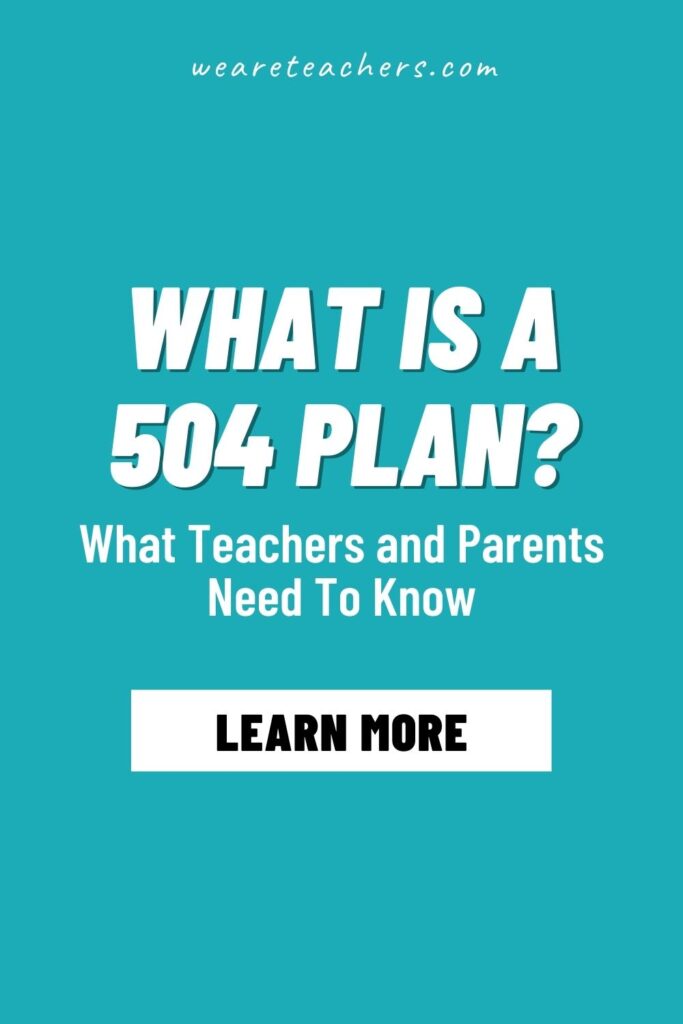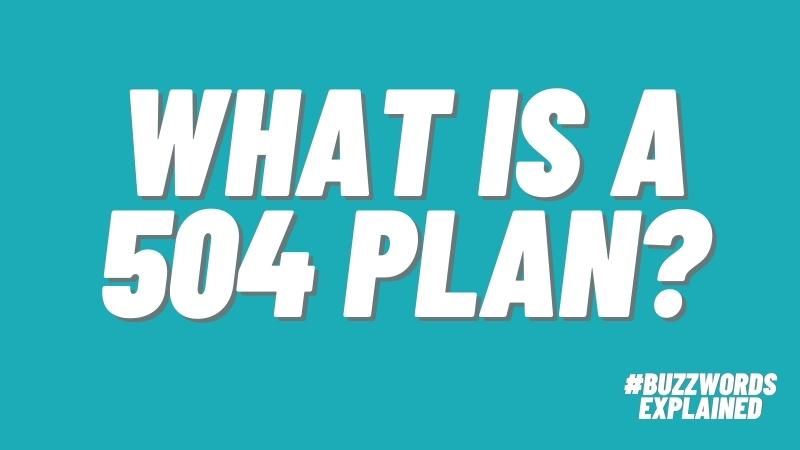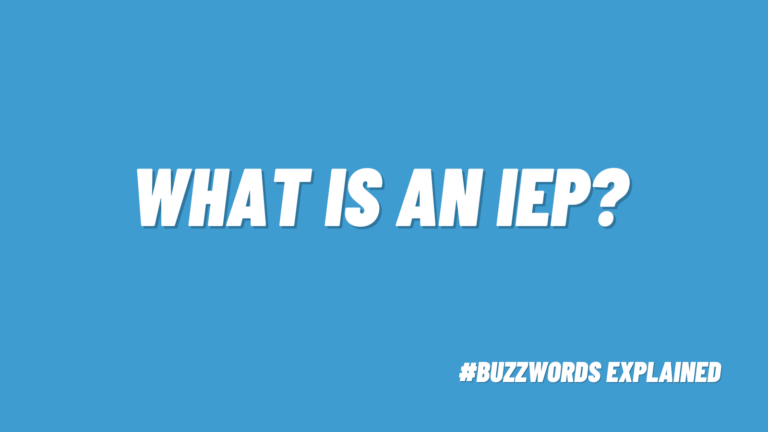Has your child’s school recommended an evaluation for a 504 plan? Are you a teacher whose school counselor is recommending one for a student? You probably have questions, like what is a 504 plan? How can it help students? How do we set one up? We have the answers and resources you need here.
What is a 504 plan?
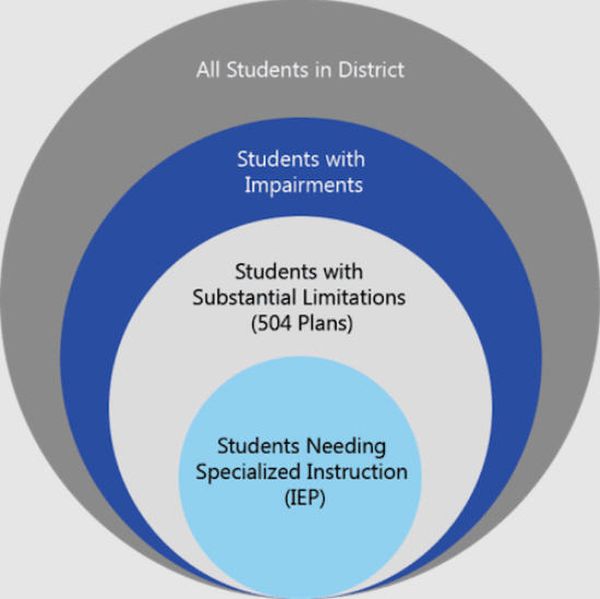
Image: Wayzata Public Schools
504 plans take their name from Section 504 of the Rehabilitation Act of 1973. This important civil rights legislation bans discrimination due to disability. Section 504 of the act states that no one can be denied participation in a program or activity that receives federal funding based on a disability. Public schools, of course, receive federal money, so they’re bound by this law.
This means every child is entitled to a free appropriate public education (FAPE). Section 504 says schools must evaluate students who might have disabilities, at no cost to parents or families. Based on the results of that evaluation, a student may be eligible for accommodations that help them succeed in school. A 504 plan lays out those accommodations.
It’s important to note that this law also states that people don’t have rights to accommodations that “fundamentally alter” an activity. So while a 504 plan might change how a student learns, it usually doesn’t change what a student learns.
Learn more about Section 504 here.
How is a 504 plan different from an IEP?
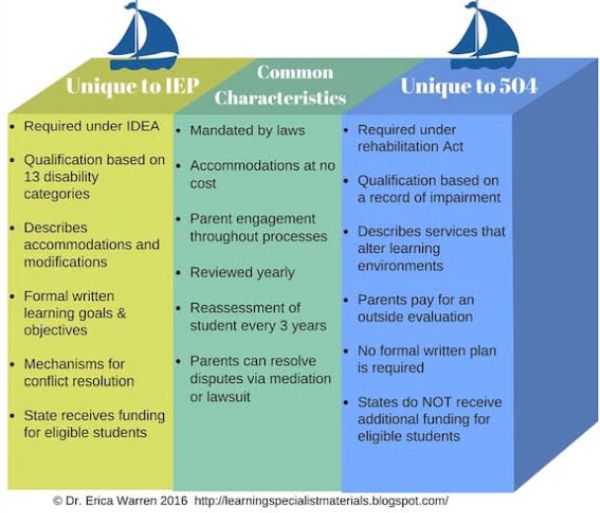
An Individualized Education Plan (IEP) is another tool schools use to help ensure students get a free appropriate public education. IEPs are covered under a different law, though, known as the Individuals With Disabilities Education Act (IDEA). And though they have the same basic goals as a 504 plan, these two documents are very different in a lot of ways.
To qualify for an IEP, a student must have one of 13 specific disabilities listed in the act. There are very strict rules about who participates in creating and carrying out an IEP, how they’re written, and how often they’re reviewed. States and schools receive additional funding for students with IEPs to help them meet their special needs.
504 plans have fewer restrictions and requirements, but they also offer fewer protections. Schools don’t receive any extra federal funding to help accommodate these students, but they can be penalized if they don’t help kids with 504 needs.
Learn more about the difference between IEPs and 504 plans here.
Who qualifies for a 504 plan?
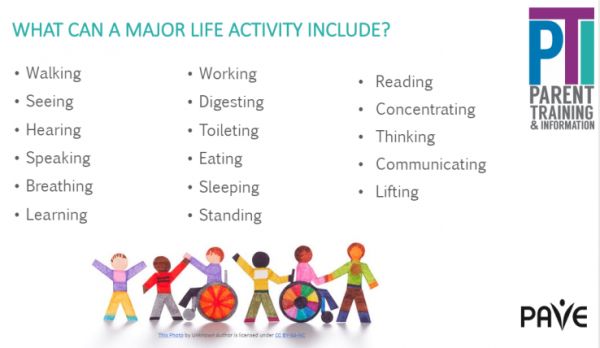
Schools don’t get to decide who qualifies for an IEP, but they can determine who would benefit from a 504. Section 504 has a much broader definition of disabilities than IDEA. It protects any student with “a physical or mental impairment which substantially limits one or more major life activities.” This includes kids with difficulty concentrating, thinking, communicating, and learning, even if they haven’t been diagnosed with one of the specific IDEA disabilities.
Learn more about 504 plan eligibility here.
What’s the process for setting up a 504 plan?
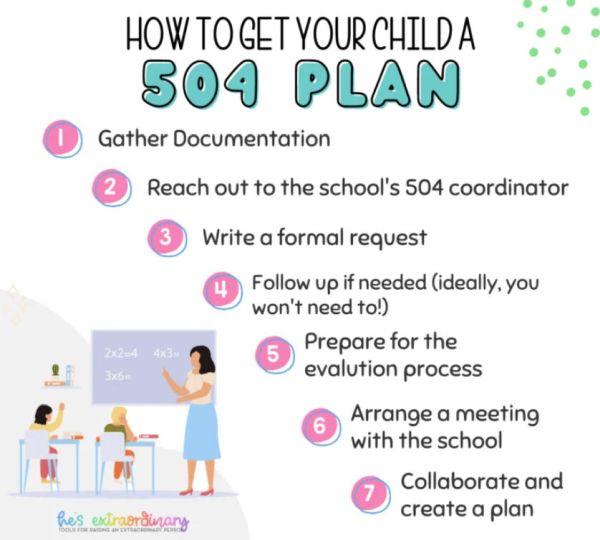
Image: He’s Extraordinary
There is no legally mandated formal process for setting up a 504. States and school districts may have their own rules. Generally, though, it happens like this:
- A family or teacher suggests a student may benefit from a 504 plan.
- The student undergoes an evaluation process, which can be different for different states and schools. Schools have a 504 coordinator who oversees the process. Generally, these evaluations include a look at the child’s school records and medical records. They usually also include observations and interviews with the child, family, and teacher. There may also be other tests or requirements.
- Schools and families usually work together to create a 504 plan. But parents don’t have to consent for schools to move forward with a plan. Schools simply have to inform parents of any “significant change” in placement. (Parents do have the right to dispute the school’s decision.)
If you’re a parent who believes their child would benefit from a 504, contact the school (preferably in writing) to start the process. Teachers should talk with their administrator or school counselor about students who may benefit.
Learn more about the 504 plan process here.
What does a 504 plan include?
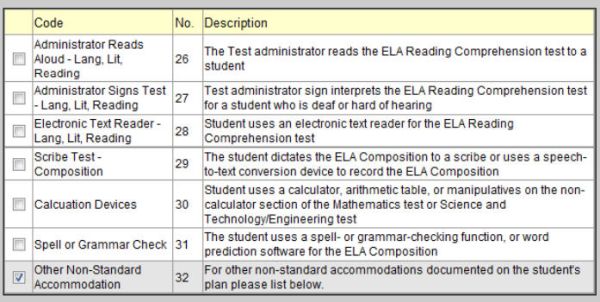
Image: Department of Defense Education Activity
There are no formal requirements for a 504 plan, and they look different for every child. In fact, schools aren’t even required to put them in writing, though they almost always do.
They often include:
- Specific learning accommodations or support services
- The names of the those who will provide the accommodations or services
- Details about when and how those accommodations will be given
504 accommodations will be different for every student and often involve some creative thinking on the part of schools and teachers. Here are some examples:
- Josh is a fifth grader who has trouble concentrating when the classroom is noisy. His 504 allows him to wear noise-cancelling headphones while he works independently.
- Olivia is a high school student who has difficulty reading. She is allowed to use audiobooks in her literature class instead of reading paper texts.
- Kim has severe test anxiety, which affects her grades. Her teacher allows her extra time to finish tests and sometimes offers a verbal test instead.
There are so many possible accommodations, it would be impossible to list them all here. The ultimate goal is to create a plan that helps level the playing field for kids with challenges.
Learn more about potential 504 accommodations in this PDF guide.
Where can I find out more about 504 plans?
Try these resources for parents, teachers, and schools.
- Understood: Your 504 Questions Answered
- US Department of Education: Protecting Students With Disabilities
- Differentiated Teaching: The Busy Teacher’s Guide to 504 Plans
Still have questions about using a 504 plan? Drop by the WeAreTeachers HELPLINE group on Facebook for advice.
Plus, find all of our Special Education resources here.
